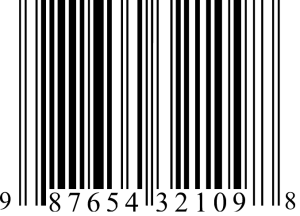Fair warning on this post: If you’re not currently structuring your inventory or thinking of redoing it then this might be the most boring thing you’ve ever read. You might want to skip this one. For those of you that are, though, I’ve listed my top 7 things to keep in mind when building out your SKUs. Every single one of these points I’ve seen done wrong, so I hope I can help someone else avoid the same mistakes.
- Keep the SKU length under 14 Characters. Every marketplace and store platform has a different character limit. You may set your Amazon SKUs so that they fit under the maximum 40 character requirement, only to then discover that buy.com has a 30 character limit.
- Create SKUs prefixes for each vendor. In order to sort and manipulate your SKUs in bulk. Create a three digit code for each vendor starting with 101. This will help you identify a SKU at a glance as well.
- No spaces or capitalization. Space may be obvious, but systems like Stone Edge Order Manager will build out sub-skus with spaces. You’ll also want to make sure you don’t have any capitalization issues since some systems will actually convert your SKUs to all caps.
- Keep SKUs numeric. Your best best and most simplistic format is to simply have numeric SKUs. This will make your internal SKU compatible with most external systems that you may want to integrate with.
- Put one letter before numeric SKU. This should just be one letter across all SKUs. The sole purpose of this is to prevent Excel from converting your SKU to a scientific code (which it will do automatically) and ruining your data.
- Create SKUs for every possible variation from the start. You may be tempted to only have parent SKUs if you’re using a Yahoo! store, but you need to build out all the variations if you want to track your sales and inventory accurately. Until you have done this you’ll never be able to automate your fulfillment procedures.
- Even if you have UPCs and/or vendor SKUs, still create your own. If you just use whatever SKUs are automatically assigned to your products by some system, you’ll inevitably end up with some random collection of SKUs with which you can’t do much. It’s always worth putting the extra effort into creating your own. You’ll thank yourself later.




